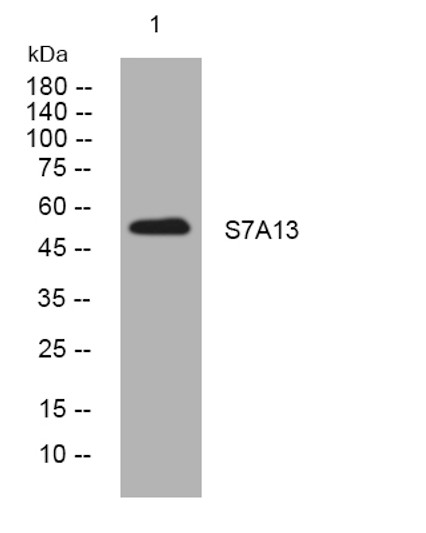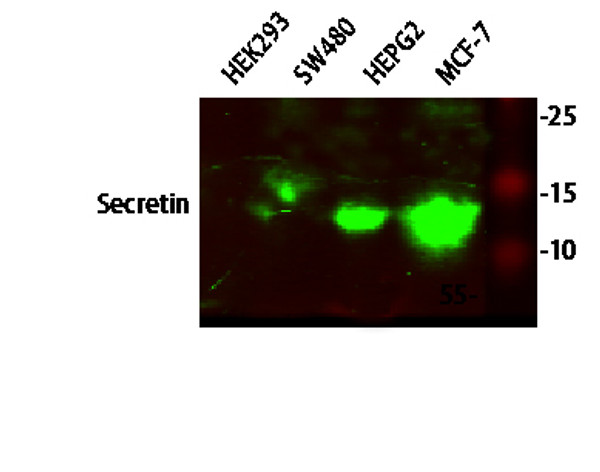| Host: | Rabbit |
| Applications: | WB |
| Reactivity: | Human/Mouse |
| Note: | STRICTLY FOR FURTHER SCIENTIFIC RESEARCH USE ONLY (RUO). MUST NOT TO BE USED IN DIAGNOSTIC OR THERAPEUTIC APPLICATIONS. |
| Short Description : | Rabbit polyclonal antibody anti-Kelch domain-containing protein 1 is suitable for use in Western Blot research applications. |
| Clonality : | Polyclonal |
| Conjugation: | Unconjugated |
| Isotype: | IgG |
| Formulation: | Liquid in PBS containing 50% Glycerol, 0.5% BSA and 0.02% Sodium Azide. |
| Purification: | The antibody was affinity-purified from rabbit antiserum by affinity-chromatography using epitope-specific immunogen. |
| Concentration: | 1 mg/mL |
| Dilution Range: | WB 1:500-2000 |
| Storage Instruction: | Store at-20°C for up to 1 year from the date of receipt, and avoid repeat freeze-thaw cycles. |
| Gene Symbol: | KLHDC1 |
| Gene ID: | 122773 |
| Uniprot ID: | KLDC1_HUMAN |
| Specificity: | This antibody detects endogenous levels of KLHDC1 at Human, Mouse |
| Immunogen: | Synthesized peptide derived from human KLHDC1 |
| Function | Substrate-recognition component of a Cul5-RING (CRL5) E3 ubiquitin-protein ligase complex of the DesCEND (destruction via C-end degrons) pathway, which recognizes a C-degron located at the extreme C terminus of target proteins, leading to their ubiquitination and degradation. The C-degron recognized by the DesCEND pathway is usually a motif of less than ten residues and can be present in full-length proteins, truncated proteins or proteolytically cleaved forms. The CRL5(KLHDC1) complex mediates ubiquitination and degradation of truncated SELENOS selenoprotein produced by failed UGA/Sec decoding, which ends with a glycine. |
| Protein Name | Kelch Domain-Containing Protein 1 |
| Database Links | |
| Cellular Localisation | CytoplasmCytosol |
| Alternative Antibody Names | Anti-Kelch Domain-Containing Protein 1 antibodyAnti-KLHDC1 antibodyAnti-MSTP025 antibody |
Information sourced from Uniprot.org








